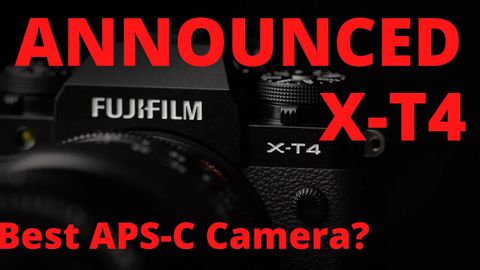富士XT4發佈--最佳APSC相機! (Fujifilm XT4 Announced - Best APSC Camera!)
Henry 楊 發佈於 2021 年 01 月 14 日  沒有此條件下的單字
沒有此條件下的單字US /ɪmˈpruv/
・
UK /ɪm'pru:v/
US /ɪkˈspoʒɚ/
・
UK /ɪk'spəʊʒə(r)/
- n.未經照射的 ; 未曝光的;曝光;揭露(某事);揭發(某事);曝露;暴露;曝曬;(醫療)失溫;暴露;(金融)風險承擔
- v.t.追踪;跟踪;循跡;(攝影機)跟蹤攝影;追蹤
- n.(運動)跑道;(工作或受教育的)方向;小道;小徑;跑道;競賽道;磁帶上的聲道;磁帶上的曲子;(坦克等的)履帶;軌道;痕跡;磁軌
US /ˈkepəbəl/
・
UK /'keɪpəbl/

